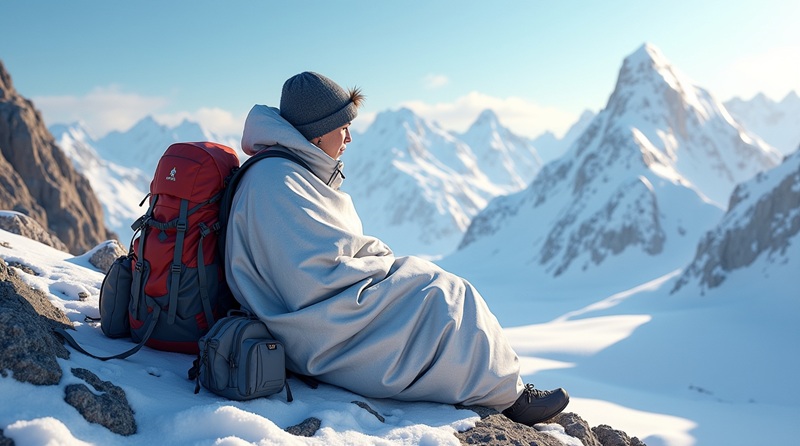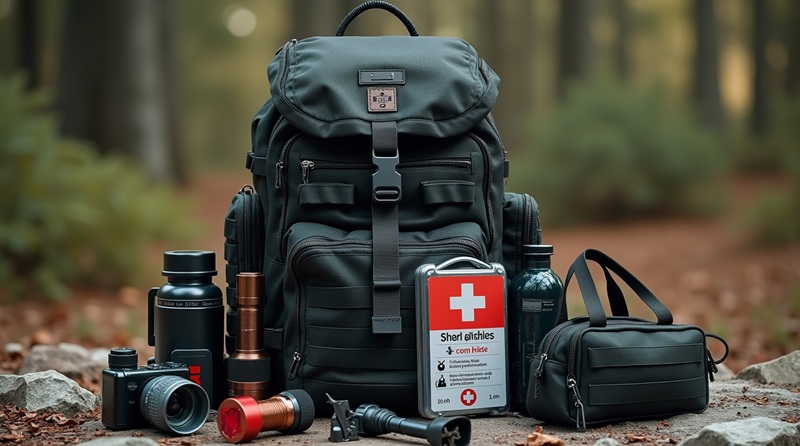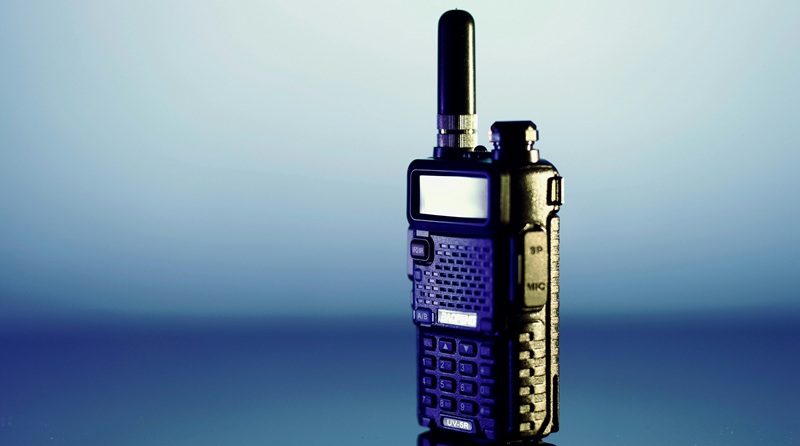The survival blanket, sometimes called an emergency or thermal blanket, is an essential item for any critical situation: natural disasters, hiking accidents, or even winter car breakdowns. Properly used, it can literally save lives. This comprehensive guide covers everything you need to know about survival blankets—from how they work to choosing the right one, practical usage, and integration into an emergency kit.
1. Understanding the Survival Blanket
Originally developed by NASA to protect astronauts upon returning to Earth, survival blankets are now made from metallized polyester and can reflect up to 90% of body heat. Depending on the design, they can retain heat or release it to prevent overheating.
Composition and Properties
- Material: ultra-thin metallized polyester
- Main function: retain body heat
- Two sides: gold to keep heat, silver to release heat
Types
- Classic: lightweight, disposable, for single emergencies
- Reinforced / bivouac: more durable, reusable
- Medical: compliant with health standards for hospitals and rescuers
2. Situations Where It Can Save Lives
- Accidents & Outdoor: hiking, trekking, mountaineering—hypothermia, storms; car accidents—extended waiting periods
- Natural Disasters: floods, earthquakes, storms—protection against cold and moisture
- First Aid: hypothermia or shock—wrap the person to limit heat loss
- Alternative Uses: signaling with reflective silver side, temporary shelter against wind and rain
3. How to Properly Use a Survival Blanket
Orientation and Wrapping
- Gold side inward: retain body heat
- Silver side outward: reflect cold or signal your position
- Steps for effective wrapping:
- Fully unfold the blanket
- Wrap the body, slightly tightening the ends
- Keep the face clear
Precautions
- Avoid direct flame contact
- Do not cover a child’s head unsupervised
- Keep away from sharp objects
Combined Use
- With a sleeping bag to increase heat retention
- With an improvised shelter to protect from wind and rain
Maintenance and Reuse
- Disposable models: single-use, discard after use
- Reinforced models: can be folded and stored for reuse
4. Types of Survival Blankets
| Type | Weight | Size | Use | Reusable |
|---|---|---|---|---|
| Disposable | 50 g | 160×210 cm | Single emergency | No |
| Reinforced | 200 g | 180×220 cm | Outdoor, bivouac | Yes |
| Medical | 100 g | 160×210 cm | Rescue, hospitals | Yes |
| Multi-purpose | 250 g | 200×250 cm | Family, car | Yes |
5. How to Choose the Best Survival Blanket
- Key criteria: size suitable for the user, thickness and material according to use, weight for transport, CE or medical certifications
- Practical tips: prefer durable certified models, check user reviews and performance tests, include the blanket in a full emergency kit
6. Survival Blankets and Regulations
- Some countries require a car safety kit including a survival blanket
- Official recommendations from Red Cross and Civil Protection include blankets in emergency kits
- Check standards and certifications for medical or rescue use
7. Emergency Kits and Complementary Accessories
- Bug-out bag / evacuation bag
- Headlamps, walkie-talkies
- Food rations and drinking water
- Water filters, emergency shelters
FAQ – Survival Blankets
Silver side outward protects from heat (hyperthermia), while gold side outward protects against cold and moisture. Silver reflects, gold retains heat.
Yes, you can wrap yourself in it to retain heat, but wear clothes underneath to prevent condensation. It does not replace a proper sleeping bag.
Lifespan varies with use and storage. Mylar models usually have a 4-year expiration but can be reused if intact and well-maintained. Store away from moisture and sharp objects.
Washing is not recommended. Mylar is fragile; gently wipe with a damp cloth if necessary.
Gold/silver blankets offer dual function: gold side out retains heat, silver protects against solar heat. Silver/silver only conserves heat.
It protects against brief solar heat, but not very high temperatures. It reduces sun exposure effects but does not replace a proper shelter.
Yes, you can wrap a pet to preserve its temperature, but monitor condensation and stress.
Fold in half, then again to obtain a compact size without forcing to avoid tears. Keep in original packaging to prolong life.
Most blankets can be reused if not torn. Gentle use prolongs effectiveness.
Yes, waterproof and windproof, essential for maintaining body heat during bad weather.
Yes, compact and fast-acting, ideal for vehicles during accidents or extreme situations.
Yes, Mylar’s reflective effect effectively signals your location in wilderness or urban settings, useful for rescuers.
Survival kit (lamp, whistle, water, food), warm clothing, emergency shelter, ropes, or reinforced poncho enhance its effectiveness.
No, it complements insulation but does not provide the comfort or thermal protection of a sleeping bag. Using both increases efficiency.
Yes, XXL blankets exist for multiple people, ideal for mountain rescue or group situations.
Conclusion
Having a survival blanket in your emergency kit is essential for every household, hiker, or driver. Choosing the right model and knowing how to use it properly can make all the difference in a critical situation. Explore our recommended models and prepare your kit today.




